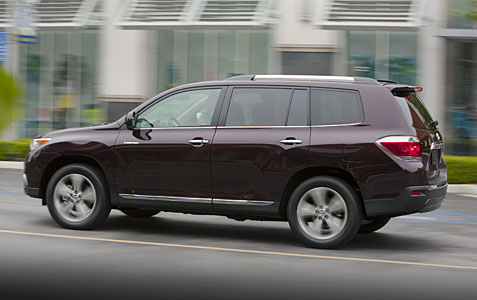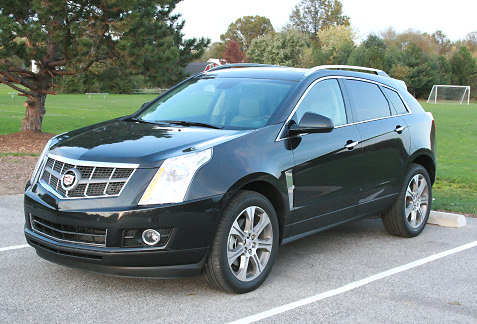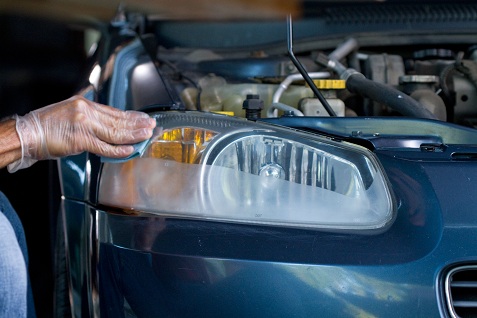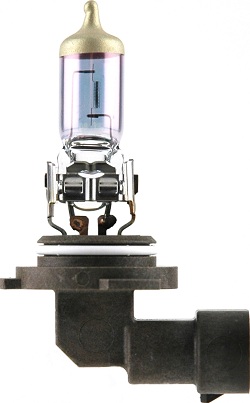Insure Your Car Before You Drive

Have you seen the 2013 Toyota Highlander Limited 4WD? Wow! You could be the king of the road with that car. With interiors and exteriors that will match your style and taste. What more could you ask for?
Insure Your Car Now
No matter what model or make of your car, the insurance is imperative to protect yourself against the cost in case of an accident. There is a study that the safe drivers are not always charged the lowest insurance. Non-driving factors such as income, education and work seem to be more important in getting lower insurance rates.
If you can afford the new Toyota Highlander Limited 4WD, your income bracket must be in the upper scale. Make sure to insure such a handsome car.
Proper Maintenance of Your Car
To avoid any road accidents, you should keep your car in good condition. Not everyone can afford a brand new car every year. Therefore, proper maintenance of your car is necessary. Here are a few things to keep in mind.
1. Have a regular tune-up-have your car serviced regularly to keep it in good condition and to replace parts that are already worn out.
2. Check your brakes, clutch, tire pressure, battery and battery water-it is important to have these items checked to avoid any mishaps on the road.
3. Drive efficiently-do not overstep on the gas and brakes. Do not be a clutch driver either for those who do not drive an automatic car. These will wear out your car faster.
4. Change the oil when it is scheduled to be changed-oil change used to be every 3,000 miles, It is done now when your car schedule calls for it.
Aside from prolonging the life of your car, car maintenance also keeps you and the public safe. Make this a priority today.
Safety is the Issue
Most car buyers look at the design,, the color, the features of the car. However, safety should be the issue in buying a car. You have to be protected out there when you are driving on the road. Some say that European cars have more safety features. Others say that American cars are sturdier. Japanese car makers will counter that their cars have a lot of safety features.
It is not just the car that makes driving safe, it is also the driver. Therefore, follow these guidelines to be safe on the road.
1. Always drive with your driver’s license inside your wallet
2. Do not drink alcoholic drinks if you are driving
3. Do not drive if you feel drowsy or sleepy
4. Do not drive if you are easily
o unsettled,
o hot-tempered
o irritated
Having a car is a responsibility to drive safely. You owe this to yourself and to the public. Make sure that your car is insured to minimize any costs due to an accident. The car and the driver must be in good condition before they hit the road. Drive defensively and reach your destination safely.
You can follow us on Twitter and Facebook for content updates. Also, sign up for our email list for weekly updates and check us out on Google+ as well.
Posted in: Cars
Tags: car insurance, car maintenance, car safety, safe drivers, Toyota, Toyota Highlander





 Although headlights last about 3 years, you should check or replace them in about half that time. When it comes to replacement, they are probably the most DIY friendly replacement item on this list. Sylvania even offers a
Although headlights last about 3 years, you should check or replace them in about half that time. When it comes to replacement, they are probably the most DIY friendly replacement item on this list. Sylvania even offers a 








